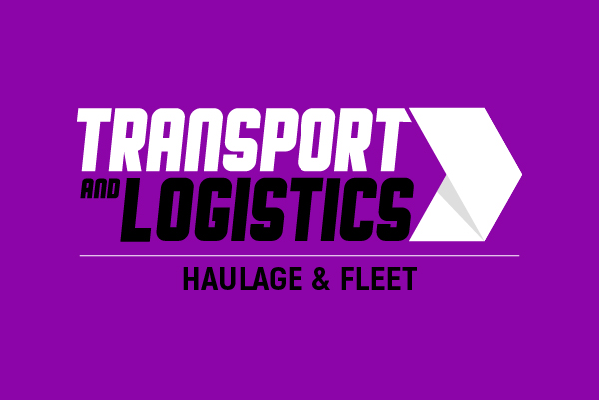We all have different things that keep us up at night – commercial vehicle tyres should never be one of them. They should just work, last a reasonable amount of time, and be available as and when they are needed at a fair price. But as tyres are such an everyday item, sometimes the risk that they pose to compliance, safety, or even the day’s mission can be underestimated or overlooked completely. For example, the sidewall of a typical commercial vehicle tyre has more than 34 tonnes of force acting upon it – an incredible amount by any standard and equivalent to the weight of nearly six elephants!
It does not stop there. Scour the internet for ‘tyre and wheel loss incident’ and you will see the in-discriminate and destructive force of a run-away wheel careening across the road posing a hazard to everything in its path.
Many operators have realised that tyres are the last thing that should be overlooked; they deploy a deliberate, pro-active, and targeted de-risking strategy to give their fleets the very best shot at compliance and safety. These operators have done their homework; they understand that the loads, the variety of terrain, different speed, weather conditions, and varying driving styles mean that the only part of the vehicle designed to be in constant contact with the ground has a very hard life.
So, the wise operator will buy well-designed and carefully manufactured tyres and will deploy a pro-active strategy to look after them. They understand the risks that poorly managed tyres pose to their operation, and they will reap the benefits of a well thought out and meticulously applied tyre service policy.
This is classic de-risking: getting upstream of potential issues, targeting actions, and going after the benefits in a vigorous and pro-active manner. And today, with the price of tyres reaching levels unimaginable only two years ago, a programme of de-risking tyres will help the operator save money too. Because in business de-risking ensures that the optimum return on assets is made – without compromising safety or compliance.
What should operators looking to save money by looking after their tyres do? The answer is everything possible to extend the length of time that the tyres spend on vehicles.
The name given to looking after tyres in the trade is ‘husbandry’. But at Tructyre, they prefer to talk about life-extending services. Because that is what tyre husbandry really is, it is what Tructyre is focused upon, and it is what will drive efficiencies, effectiveness, and savings into the fleet.
The nifty trick is to catch the tyres at precisely the right time to apply life-extending services. Assets that are bolted to the floor can be caught fairly easily. But assets that move around the country, or even the continent, present more of a challenge. The challenge is worth facing because each tyre caught is an expensive tyre replacement avoided. A pro-active and frequent inspection process will pay for itself very quickly by unlocking the benefits of the de-risking strategy.
But why is frequency of inspection so important? The answer is simple. Trucks and trailers cover many miles between even monthly inspections. A lot can happen to a set of tyres in that time.
The more nuanced point is that the tyres fitted to different axle positions on the same vehicle wear at different rates and will often be of differing ages. Some, possibly many, will be ready for a life-extending service, but some, possibly many, may not.
The provision of a life-extending service is about optimisation not maximisation. The difference is subtle but important. An optimal life-extending service will extend the service life of the tyre and will enhance and never diminish safety. Turning, regrooving, and twinning all extend the life of the tyre and enhance the safety of the vehicle. Properly retreaded tyres are a perfectly safe, sensible, environmentally responsible, and economically beneficial tyre policy option.
Which brings us back to the inspection. Tyres that are approaching the end of their service life can be identified and removed before they compromise the Operator License. Tyres that exhibit some tell-tale signs of impending problems can be removed before they compromise a mission. The number one most important aspect of de-risking tyres is the simplest: Pressure management. Ensure the tyre is inflated to the correct pressure – not too much and definitely not too little. Correct pressure is so crucial because it is the air between the wheel and tyre that supports the load of the vehicle – the tyre keeps the air in the right place. Without enough air the vehicle will not be safe, continued use will damage the internal components of the tyre, more fuel than necessary will be burned, and the chances of an inconvenient tyre failure will be raised – possibly to a near certainty.
Graph showing the impact of under-inflation on tyre life.

- Tyre life is reduced by 30% when the tyre is under inflated by 20%.
- Tyre life is reduced by 45% when the tyre is under inflated by 30%.
- Tyre life is reduced by 75% when the tyre is underinflated by 50%.
Pro-activity, skill, rigorous processes, and disciplined execution are the key words in de-risking the tyres of Britain’s fleets.
The most important benefits of de-risking to the operator, and other road users, are safety and compliance. But the fruits of de-risking go further; extra opportunities to save money on fuel, as well as tyres, are presented and this helps an operator to tread a little lighter on the environment by reducing their consumption of natural resources. All-in-all de-risking demonstrates strategic intent to run a better business.
____
www.tructyre.co.uk/proactive
Transport and Logistics Magazine | The Home of Transport Industry News












